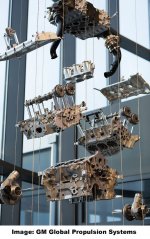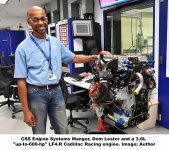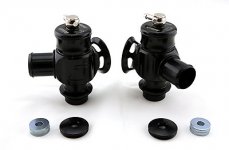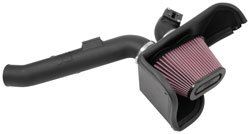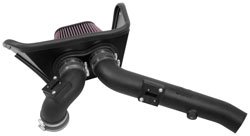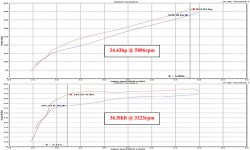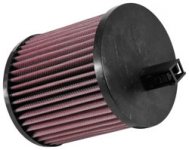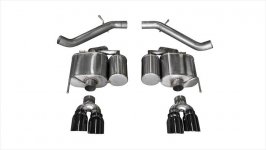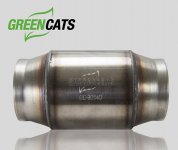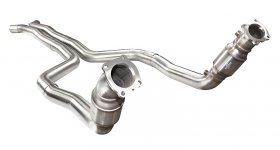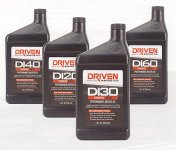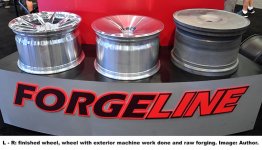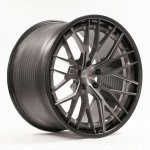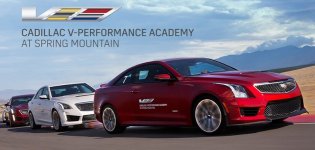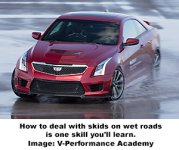Tuna
Seasoned Member
- Joined
- Nov 4, 2011
- Messages
- 841
- Location
- Mustang, OK
- V-Series Cadillac(s)?
- '11 V Wagon, ( '13 427 Vette & '25 Purple Eray)
Yea Ha!
 ocker:
ocker:
 ocker:
ocker:Follow along with the video below to see how to install our site as a web app on your home screen.
Note: This feature may not be available in some browsers.
 ocker:
ocker: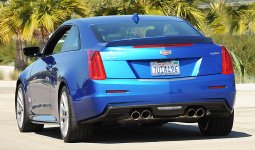
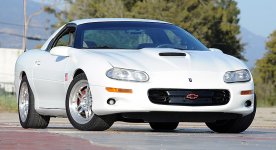
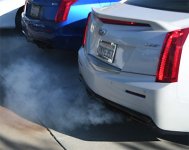
 edface:
edface: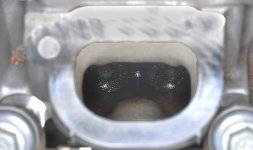
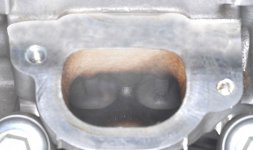
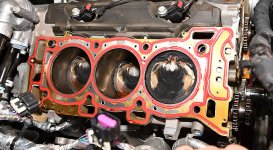
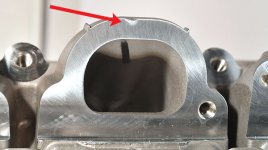
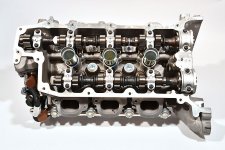
 :
: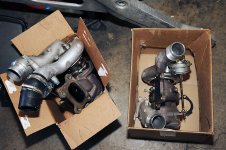
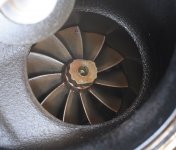
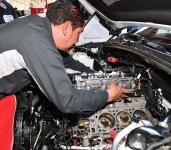

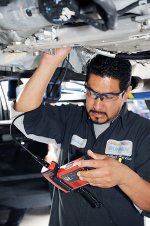
 chug: and and the Fairest Sandra the Red is doing her happy dance. :dance:
chug: and and the Fairest Sandra the Red is doing her happy dance. :dance:Thanx again, Hib, for an excellent report :bowdown:
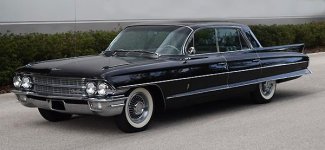
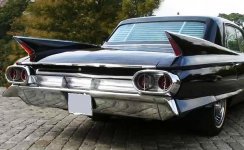
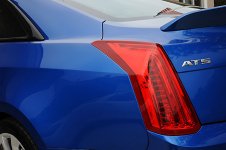
 ocker:
ocker:I guess my old black CTS V got your attention.
Let's just hope Cadillac doesn't start using the old Oldsmobile tag line of 'not being your father's car.'
Glad to read that both your ATS Vs are performing as they should now.
It's a shame it took so long.
